My Dear Father.
I have got the broom and examined it:2 I enclose outlines of pollen grains,3 also sketches of anthers,4 though you probably know the differences in them.
As you will see there is not much difference in the two sets of pollen, which is odd as the the arrangements are so marked to separate the Stamens. The stamens are of two kinds, 5 on thin filaments with Versatile anthers, 5 on thick filaments with adnate anthers.5
4 of the stamens with thin filaments & versatile anthers tho’ shortish in the bud become the long stamens of the flower when ready for opening and have the lobe of the anther nearest the stigma larger and, I think a little turned in, so as when ready, to fit into the cup beneath the stigma.
the remaining stamen on thin filament has a more versatile filament than any of the others & instead of lengthening, bends back with the 4 stamens on thick filaments.6 The 5 stamens on thick filaments with adnate anthers always shed their pollen before the others; as the flower gets old the difference in size of filaments does not show so much.
The long stamened anthers are certainly larger & I think have more pollen than the short ones.
I have just taken up my botany as much as I have time for, and am grinding up Asa Gray’s Structural botany, & find it very nice7
I hope you are none the worse for your London Expedition.8 I return Etty’s letter.9
I have got some more of your photographs ready if you should want any.10
Your affect son | W E Darwin
[Enclosure 1]11
Broom
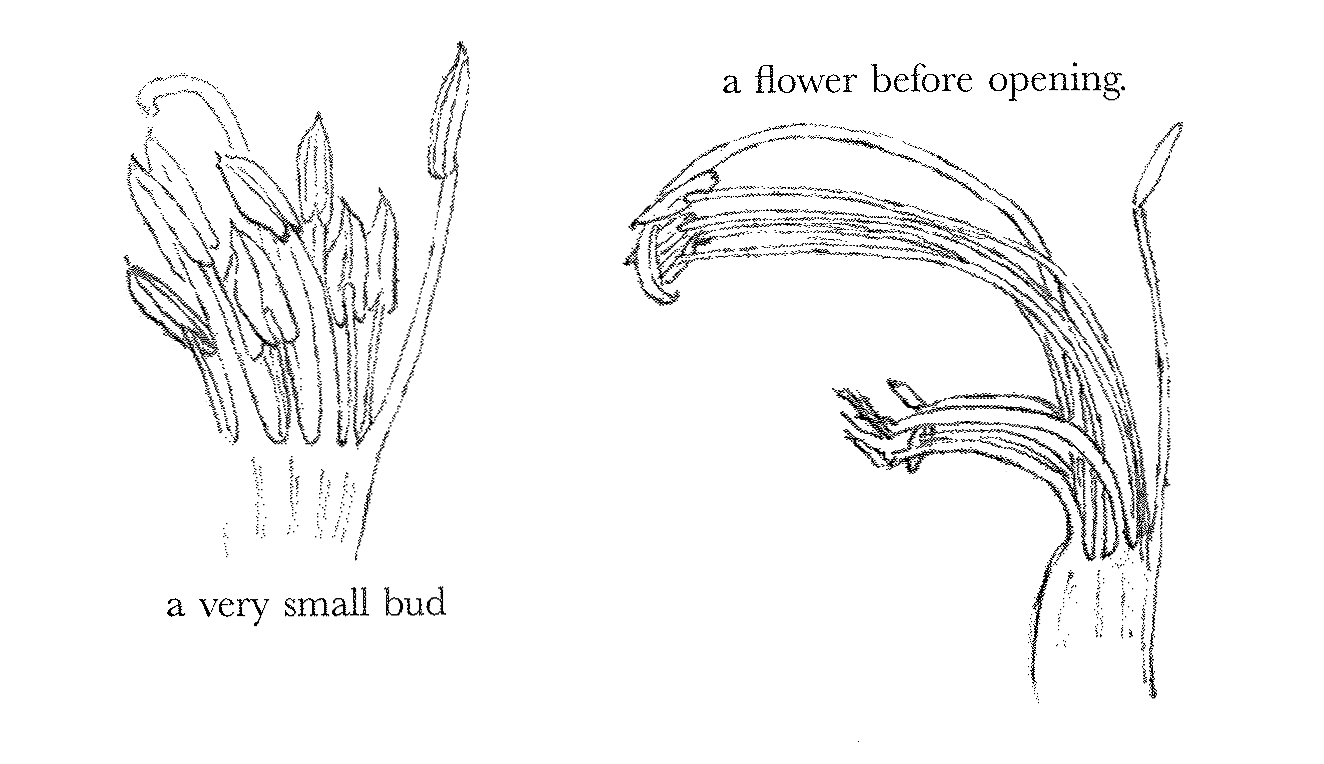
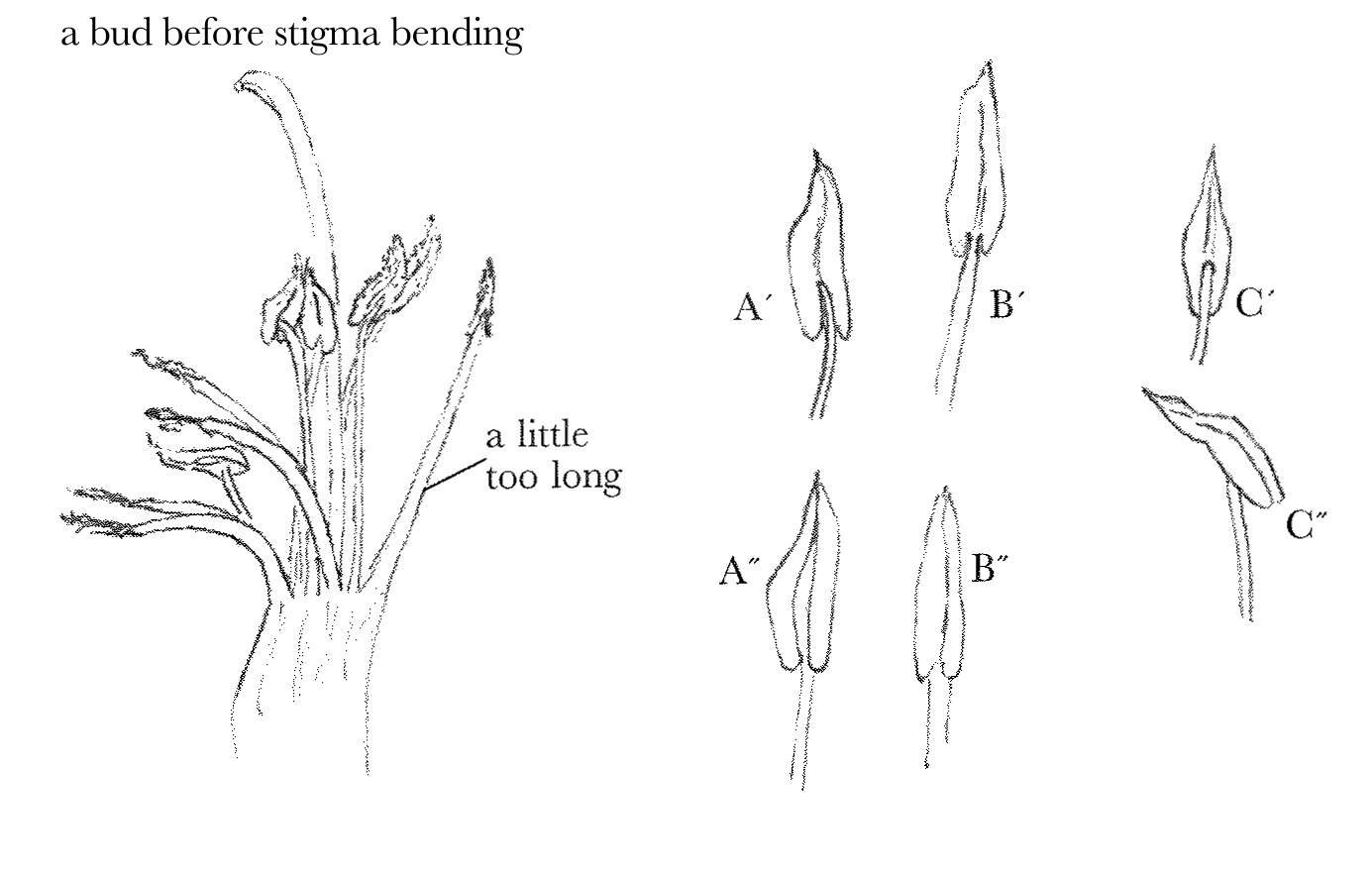
A’ B’ C’ A” B” C”
A’A” back & front view of versatile irregularly lobed anther of long stamens B’B” —Do—adnate regularly— Do —short stamens C’C” Do of 5 th versatile anther on thin filaments—
[Enclosure 3]
Bud
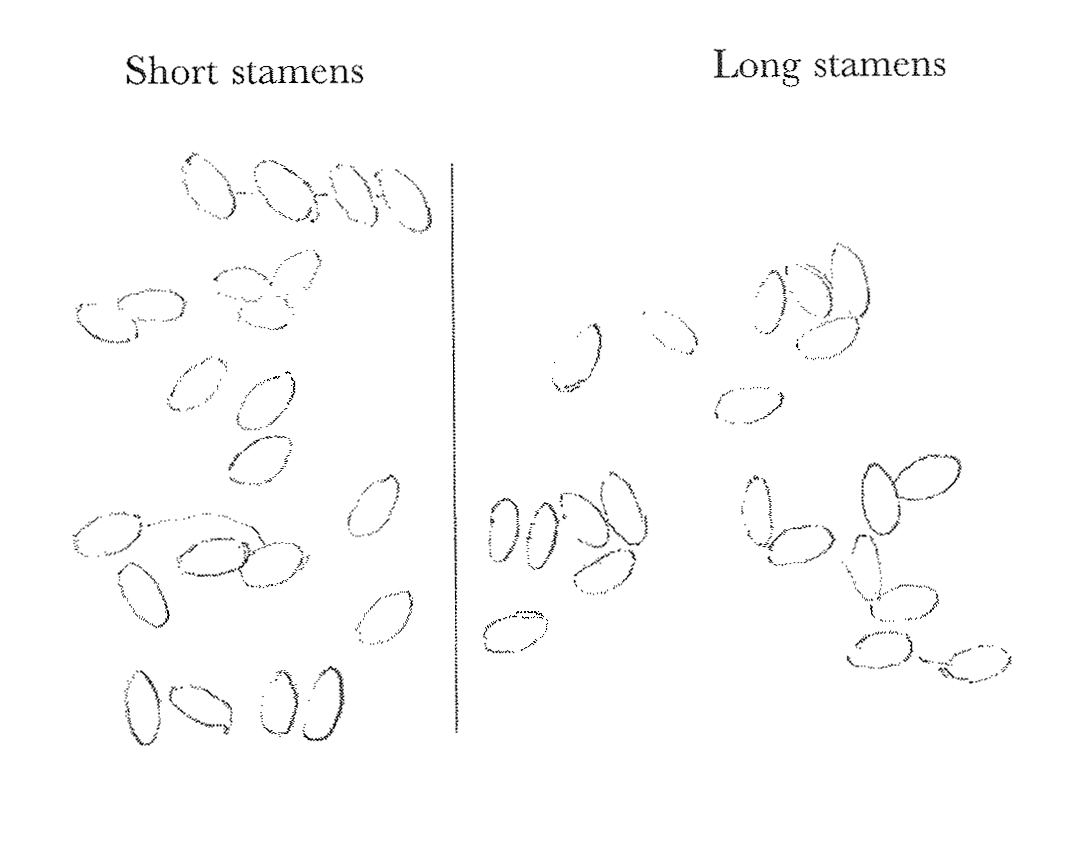
Wellish out flowers
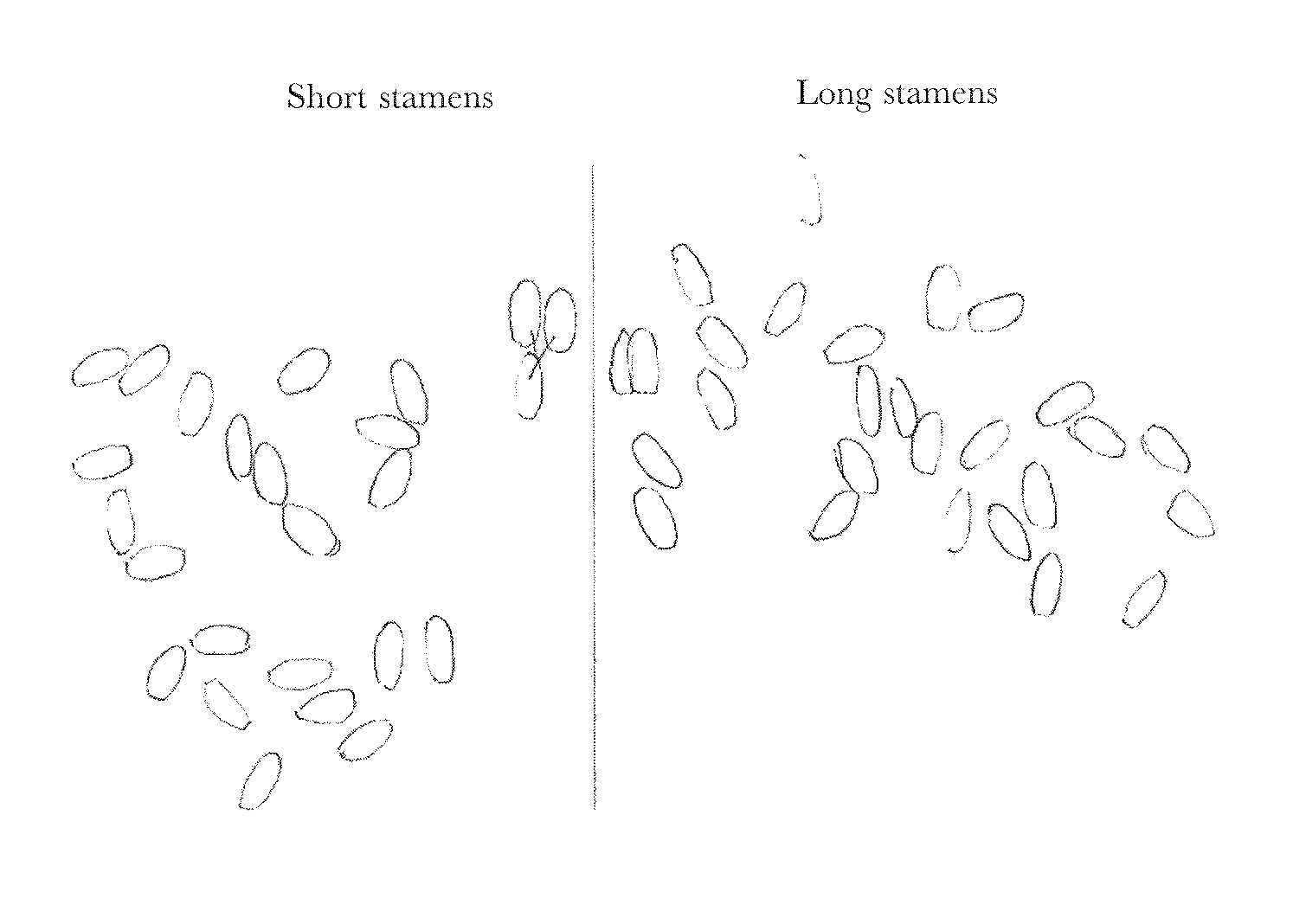
from bud
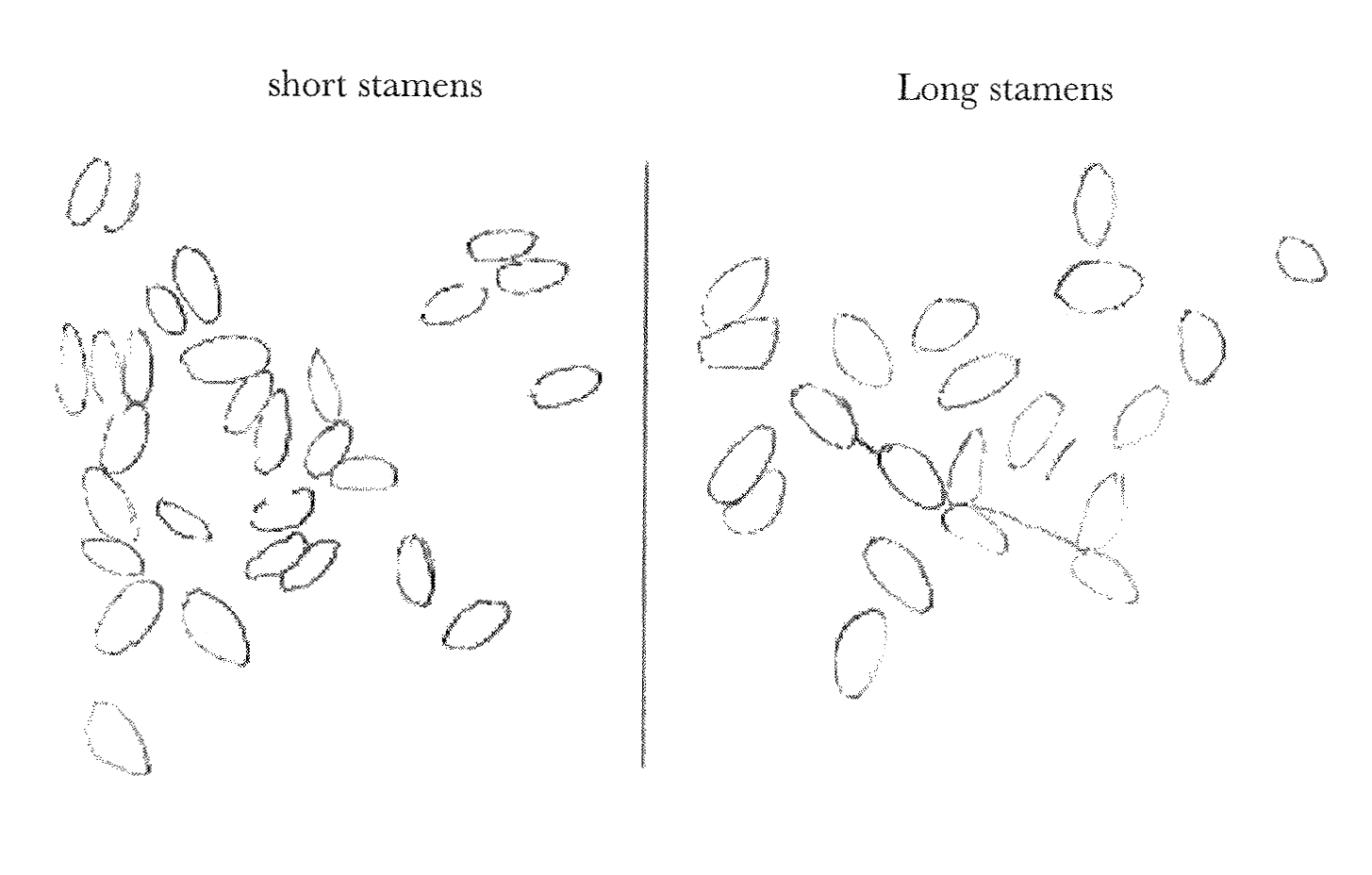
CD annotations
Please cite as “DCP-LETT-3144,” in Ɛpsilon: The Charles Darwin Collection accessed on
